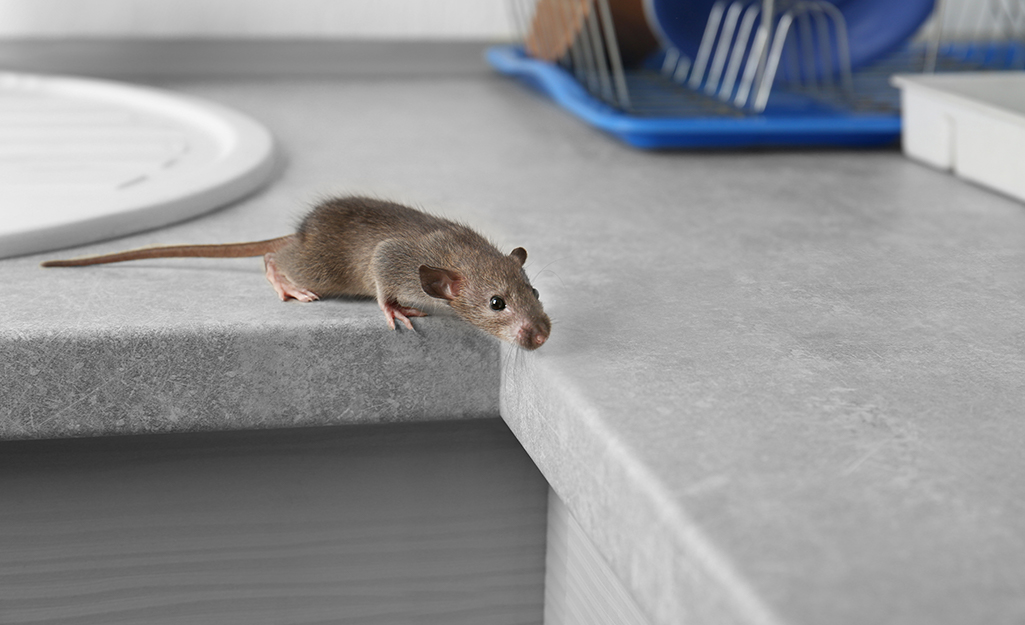Pest Repellent Plants for the Home: Naturally Deter Bugs
Share
Ever wondered how you can keep bugs at bay without resorting to chemicals? If so, you're not alone. Many people are seeking natural ways to deter pests inside their homes and gardens. One of the most effective approaches is to utilize pest repellent plants for the home. Within this article, we'll explore various plant options that not only beautify your space but also act as natural pest deterrents.

The Science Behind Pest Repellent Plants
Certain plants have developed natural defenses through the release of aromatic compounds as a way to make themselves unattractive to insects. For many homeowners, leveraging these natural abilities can be a safer, more environmentally friendly choice compared to traditional pesticide use. Popular options often contain essential oils like citronella, eucalyptus, or peppermint, which are well-documented for their pest-repelling qualities.
Benefits of Using Natural Pest Repellents at Home
By opting for these green alternatives, you reduce exposure to potentially harmful chemicals, creating a safer environment for your family and pets. Besides repelling unwanted pests, these plants can improve air quality and add aesthetic charm to your home. If you're interested in maintaining a chemical-free home environment, you might also want to look into ways to prevent pests even in challenging environments like high humidity homes.
Top Pest Repellent Plants to Grow Indoors
Let's delve into some popular choices you can easily cultivate:
1. Lavender
Lavender's soothing scent may be popular with humans but not so much with insects like moths, fleas, flies, and mosquitoes. Placing pots of lavender in sunny spots can provide both an aromatic and practical bedroom adornment.
2. Mint
Mint is particularly versatile and fantastic at repelling ants and mice. Growing mint indoors in containers can help avoid it becoming invasive, and it makes for a wonderful tea companion in addition to being an effective pest deterrent.
For more details on using house-friendly remedies against pests, you might find this Family Handyman guide useful.
3. Basil
With its fresh aroma, basil deters flies and moths effectively. It's not just a staple herb for cooking; having pots of basil strategically placed by windows and doors can provide an aromatic welcome while keeping certain pests outside.
Embracing an Eco-friendly Approach
Employing pest repellent plants within your home is not just about addressing an issue, but also about fostering sustainable living practices. It's a step towards creating a balanced ecosystem where both you and nature can thrive. If you're curious about adopting more eco-friendly pest control methods, check this insightful resource.
Conclusion: Beautify and Protect your Home
Incorporating pest repellent plants for the home offers multifaceted benefits. It reduces chemical dependency, purifies the air, and enhances your living surroundings. With options like lavender, mint, and basil, you can protect your home beautifully and naturally.

FAQs
What are the best indoor plants for repelling mosquitoes?
Plants like lavender, citronella, and basil are excellent mosquito repellents and can be grown indoors.
Can I use essential oils instead of the plants themselves?
Yes, essential oils of these plants can amplify their pest-repelling effects when used responsibly.
Are these plants safe for pets?
Most pest repellent plants are safe, but it's best to research specific plants and consult with a vet if you're concerned about your pet's safety.
This article contains affiliate links. We may earn a commission at no extra cost to you.
